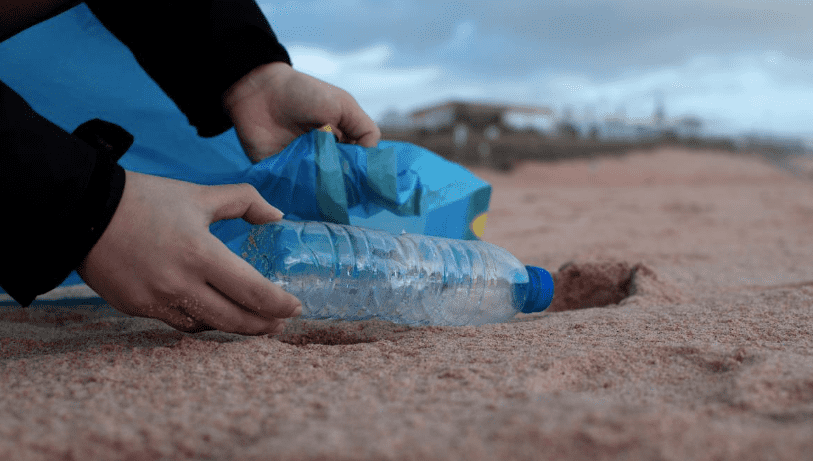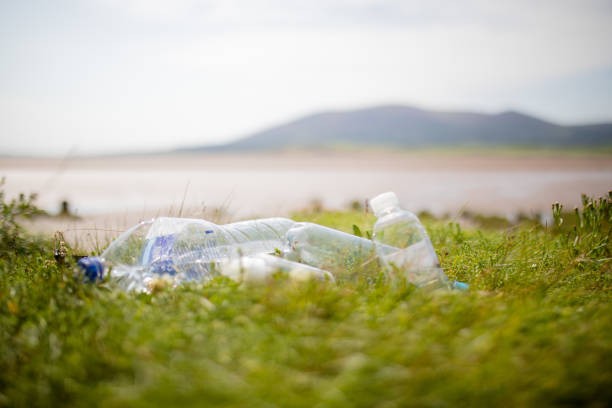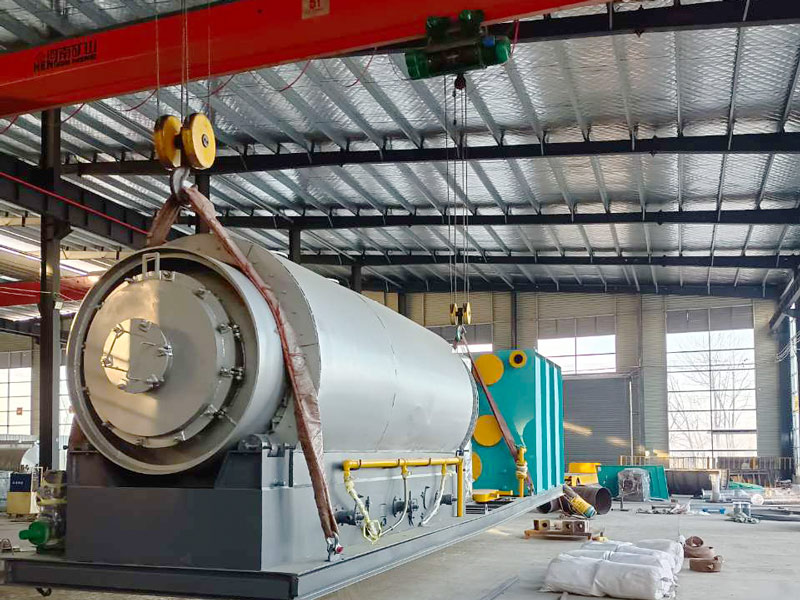
Introduction
In today’s world, the proper management of waste materials is of utmost importance. One innovative and environmentally-friendly technology that has gained significant attention is pyrolysis. This process involves the thermal decomposition of organic material at high temperatures in the absence of oxygen, leading to the production of valuable resources. In this article, we will delve into the historical background, key concepts, main discussion points, case studies, current trends, challenges, and future outlook of pyrolysis. By understanding the potential of this technique, we can harness the power of waste and transform it into valuable resources.
Historical Background
Pyrolysis holds a rich historical background, with its origins dating back centuries. Ancient civilizations utilized pyrolysis techniques to convert biomass into charcoal for heating and cooking purposes. However, it is in recent years that pyrolysis has gained prominence as a sustainable waste management solution.
Key Concepts and Definitions
At its core, pyrolysis involves the thermal degradation of waste materials in the absence of oxygen. This process leads to the formation of three main products: biochar, syngas, and bio-oil. Biochar is a carbon-rich material that can be utilized for agricultural purposes, improving soil fertility, and sequestering carbon. Syngas is a mixture of hydrogen, carbon monoxide, and methane, which can serve as a renewable energy source for electricity generation. Lastly, bio-oil is a liquid fuel that can be further refined into biofuels or used in chemical manufacturing.

Main Discussion Points
Pyrolysis as an Environmentally-friendly Waste Management Technique
Pyrolysis offers an environmentally-friendly solution to waste management by reducing waste disposal in landfills. By converting organic waste into valuable resources, pyrolysis minimizes the need for landfill space and reduces associated environmental risks. Additionally, this process helps in mitigating greenhouse gas emissions, as the carbon stored in the waste material is effectively sequestered in the biochar produced.
Production of Valuable Resources through Pyrolysis
One of the key advantages of pyrolysis is its ability to transform waste materials into valuable resources. Biochar can be applied to agricultural soils, improving soil structure, nutrient retention, and water holding capacity. Syngas can replace fossil fuels in electricity generation, reducing greenhouse gas emissions and dependency on non-renewable energy sources. Lastly, bio-oil can be utilized in biofuel production, reducing reliance on conventional petroleum-based fuels and contributing to a more sustainable energy future.
Economic Benefits of Pyrolysis
Apart from its environmental advantages, pyrolysis offers significant economic benefits. This technology has the potential to create new industries and job opportunities by harnessing the value of waste materials. Additionally, pyrolysis presents a cost-saving opportunity in waste management, as it reduces the need for landfill disposal and associated costs. By shifting towards a circular economy approach, where waste is seen as a resource, pyrolysis can contribute to a more sustainable and prosperous future.
Case Studies or Examples
Successful Implementation of Pyrolysis in a Specific Industry or Region
An example of successful pyrolysis implementation is the conversion of biomass waste from the agricultural sector into biochar. In certain regions, agricultural residues such as crop residues, straw, and husks are transformed into biochar through pyrolysis. This biochar is then utilized as a soil amendment, improving soil health, enhancing crop yields, and reducing the reliance on synthetic fertilizers.
Real-world Examples of Waste Materials Transformed into Valuable Resources through Pyrolysis
In various parts of the world, waste materials such as plastic, tires, and biomass are being converted into valuable resources through pyrolysis. Plastic waste can be transformed into pyrolysis oil, which can serve as a feedstock for the production of new plastics or as a fuel source. Similarly, tires can be pyrolyzed to obtain carbon black, which can be used in the production of new tires or as a reinforcing agent in rubber products.
Current Trends or Developments
Pyrolysis technology and research are continuously advancing, leading to more efficient and sustainable processes. Recent developments include the integration of pyrolysis with other waste management systems, such as anaerobic digestion, to maximize resource recovery. Additionally, researchers are exploring the use of catalysts during pyrolysis to enhance product yields and quality. These advancements have the potential to revolutionize waste management and resource recovery.

Challenges or Controversies
While pyrolysis offers promising solutions, there are certain challenges and controversies that need to be addressed. Concerns about the environmental impact of pyrolysis, such as emissions during the process and the potential contamination of soil and water, must be thoroughly studied and mitigated. Furthermore, scaling up pyrolysis technologies to meet the demands of large-scale waste management can present technical and logistical challenges that require careful consideration.
Future Outlook
Looking ahead, the future potential of pyrolysis is vast. Advancements in technology and research are expected to improve the efficiency and effectiveness of this process. Integration with other waste management systems, such as recycling and composting, will further enhance resource recovery and contribute to a circular economy. With increased awareness and support, pyrolysis has the potential to become a mainstream waste management solution worldwide.
Conclusion
In conclusion, pyrolysis holds significant promise in transforming waste materials into valuable resources. Through this innovative technology, we can address the pressing environmental and economic challenges associated with waste management. By embracing pyrolysis and its potential, we can create a sustainable future where waste no longer becomes a burden but a valuable asset.
References
- Smith, K., & Whittaker, C. (2019). Pyrolysis: A Sustainable Strategy for Waste Management and Resource Recovery.
- Sustainable Chemistry and Pharmacy, 13, 100160. doi: 10.1016/j.scp.2019.100160
- Bridgwater, A. V. (2012). Review of Fast Pyrolysis of Biomass and Product Upgrading. Biomass and Bioenergy, 38, 68-94. doi: 10.1016/j.biombioe.2011.01.048




